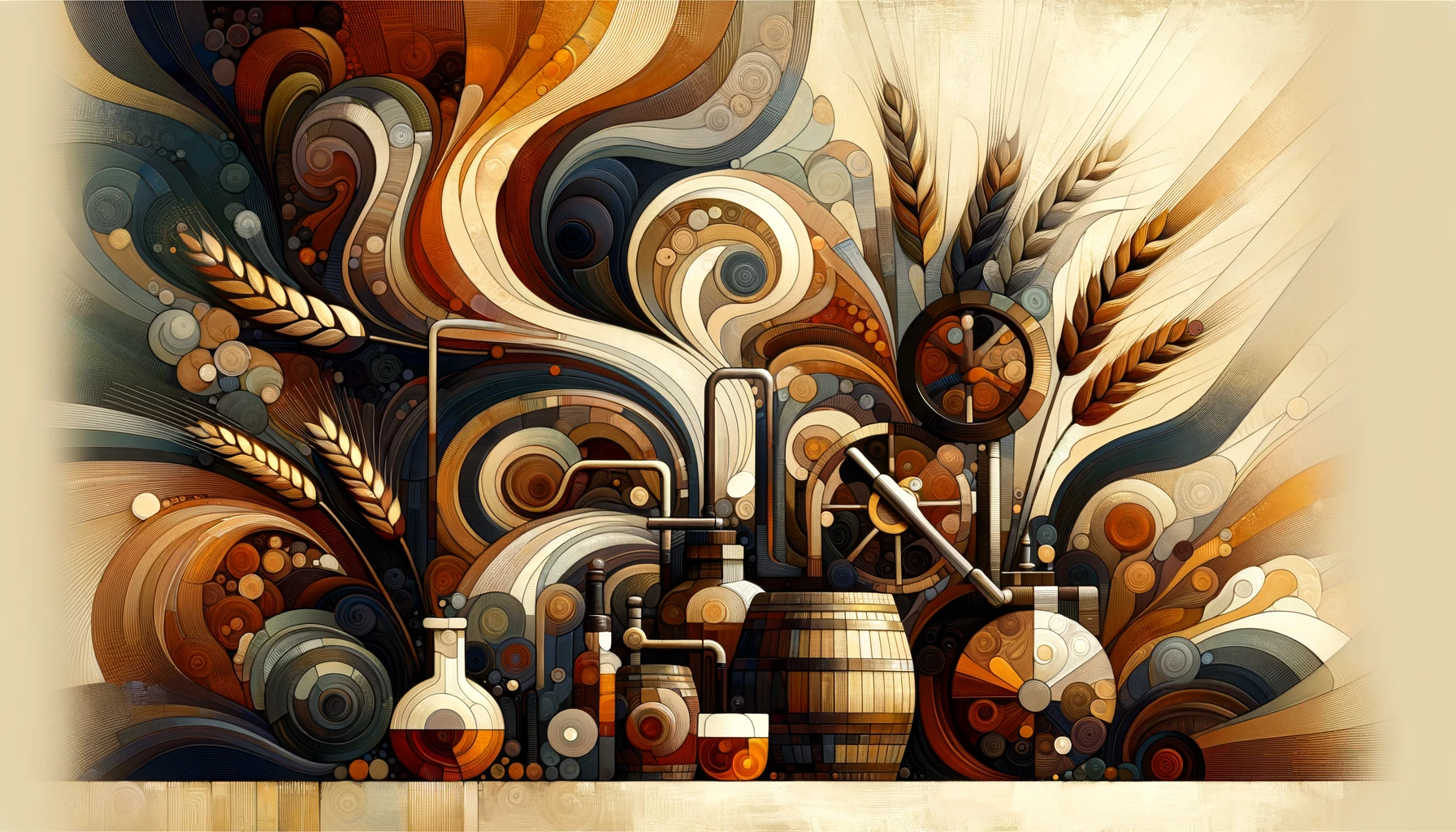Exploring the Intricacies of the Irish Whiskey Distillation Process
Key Takeaways:
Distillation Overview – Essence of the Irish whiskey-making process.
Malting to Aging – Steps from barley to barrel.
Unique Techniques – Pot still, column still, and blending arts.
Role of Ingredients – Barley, water, yeast, and their impact.
Science & Sustainability – Chemistry, innovations, and eco-friendly practices.
Irish whiskey, known for its smooth and complex flavour profile, has a rich history and a distinctive distillation process. This article delves into the various stages and unique aspects that contribute to the allure of Irish whiskey.
Distillation Overview The journey of Irish whiskey begins with the distillation overview, a process deeply rooted in tradition yet constantly evolving with modern techniques. The heart of Irish whiskey lies in its distillation, where art meets science to create a spirit with depth and character.
Malting Process It all starts with the malting process. The selection and treatment of barley significantly influence the final flavour of the whiskey. The malting stage involves germinating the barley grains, unlocking the enzymes necessary for the next stage: mashing.
Mashing During mashing, the malted barley is mixed with water and heated. This step converts the starches in the grains into fermentable sugars, setting the stage for fermentation.
Fermentation Techniques Fermentation is where the magic happens. The fermentation techniques employed in Irish whiskey production are diverse, with each distillery boasting its unique yeast strains and methods.
Yeast’s Crucial Role Yeast plays a pivotal role in flavour development. The science behind yeast in whiskey production is a fascinating blend of biology and chemistry, influencing everything from aroma to alcohol content.
Types of Distillation Irish whiskey distillation primarily uses two types of stills: pot and column. Pot still distillation is traditional, lending a rich, full-bodied flavour to the whiskey. In contrast, column still distillation allows for continuous operation and produces a lighter spirit. Understanding these methods is key to appreciating the diversity within Irish whiskey.
The Art of Blending Blending is an art form in Irish whiskey production. The art of blending involves combining different types of whiskey to achieve a harmonious and consistent flavour profile.
Cask Selection and Aging The choice of cask significantly impacts the whiskey’s final character. Cask selection and the aging process contribute to the complexity and depth of flavours, with the wood imparting distinct notes and textures.
Water: The Unsung Hero The quality of water used in whiskey making cannot be overstated. The water source for each distillery plays a crucial role in the whiskey’s final taste and purity.
Chemistry and Innovation in Distillation The chemistry of Irish whiskey distillation is a fascinating subject, involving precise control over numerous chemical reactions. Alongside, innovations in distillation are constantly refining the process, enhancing flavours, and improving efficiency.
Sustainability in Whiskey Production Sustainability is increasingly becoming a focus in the whiskey industry. Practices highlighted in sustainability in Irish whiskey distillation include energy efficiency, waste reduction, and resource conservation, ensuring the industry’s future is as rich as its past.
Temperature Control in Distillation Temperature plays a critical role in the distillation process. The article on temperature control in whiskey distillation explains how precise temperature management affects the rate of reactions and the quality of the distilled spirit.
Filtration Techniques Post-distillation, filtration techniques are employed to remove impurities, ensuring clarity and smoothness in the final product. This stage is crucial for achieving the desired purity and taste profile.
The Role of Barley and Peat Barley is the soul of Irish whiskey. The article on barley’s role in Irish whiskey dives into how different barley varieties and their treatment impact the whiskey. Additionally, peat use in Irish whiskey explores the smoky, earthy flavours that peat imparts, a characteristic cherished by many enthusiasts.
Ensuring Quality at Every Step Quality control is paramount in whiskey production. The insights from quality control in Irish whiskey distillation highlight the meticulous checks and balances in place to ensure every bottle meets the high standards expected of Irish whiskey.
Small Batch Distillation: A Craft Approach Small batch distillation in Irish whiskey represents a more artisanal approach, where smaller quantities allow for greater control and experimentation, often resulting in unique and sought-after flavours.
Distillation Equipment: The Backbone of Production The types of distillation equipment used in Irish whiskey production vary greatly and are crucial in defining the style and flavour of the whiskey. This includes the design of pot stills and column stills, which have a direct impact on the distillate.
Maturation Environment: Crafting the Flavour Over Time The maturation environment for Irish whiskey plays a critical role in the development of its flavours. Factors like temperature, humidity, and the type of storage facility all contribute to the whiskey’s aging process.
Innovation and Experimentation Finally, experimentation in Irish whiskey distillation showcases how distillers are constantly pushing boundaries, exploring new techniques and ingredients to create innovative and exciting flavours.

